How I Created a Scene On Hindu Calender System:-
Year 1989..That was my first day at Spring Dale College Class IVth. I was just 10 years old from a Hindu  and spiritually inclined family.I was very excited as I entered the gate of that big college campus. It is another matter that in those days I was still not aware of my myopia, and had still not started wearing glasses, because of which every thing beyond a certain radius sounded huge for me. And the world was big and blurred beyond that radius for me.
and spiritually inclined family.I was very excited as I entered the gate of that big college campus. It is another matter that in those days I was still not aware of my myopia, and had still not started wearing glasses, because of which every thing beyond a certain radius sounded huge for me. And the world was big and blurred beyond that radius for me.
It happened when Mr. Sharp, our class teacher started taking attendance, like others at my turn he shouted my name also –Rajneesh Chaturvedi!! But after my ‘Present Sir’ he did not switch to the next student in turn, but asked my date of birth, which was probably not filled by me in the admission form.
Now it is at this point that the Scene started building for me, and I was never embarrassed that much in my life. It started with my reply— “Sir my birthday falls on second day of Rakhi!!!” It was all I knew about my birthday. Our family used to celebrate it as per Hindu Calender and tithi which everytime used to fall on second day of Rakhi (another Hindu Festival widely celebrated in North India). Though I could not see the facial expression of Mr. Sharp as the world was blurred at that distance for me (Oh yes I used to think it is same for everybody)But I was able to feel something stupid about myself when I saw the surprised expression of my classmate sitting next to me. Then I heard Mr. Sharp’s voice- “I want date of birth dear as per English calender, I am not concerned when you celebrate it”.
While sounds of murmur were growing louder in class, I reiterate it again -”Sir it is 1979 as per my age, but it always fall on second day of Rakhi”. I heard his voice again- “Dear this is a serious matter about birth date, and do not calculate it like “Id ka chand”. Whole class burst into laughter, and I was really ashamed that day of the way my parents were celebrating my birthday. I also realized later that day that it was my birthday only which falls on different dates every year, but all other class mates were celebrating it on same day every year. It also gave me an impression of something unscientific we were doing in our family by taking reference of Rakhi and not English Calender Dates which whole world was following.
Friends – This is a real incident of my life, As Indian New Year is also coming and I wanted to share Hindu way of calculating date and time as per ancient Indian Calender started in the name of King Vikramaditya, This incident came to my mind. It is our ignorance towards the culture that many times make as ashamed of our own roots, which happened to be much more scientific , how , I will tell.. Read on….
Vikram Samvat – Hindu New Year as per Vedic Time Keeping:-
Indian Calender System (Vedic Time Keeping)also termed as Hindu Calender System is the one started in the name of famous Emperor Vikramaditya of Ujjain 57 years before Christ when he got victory over Sakas. Hence if we add 57 to current Gregorian Calender we will arrive at Indian Calender Year ie Vikram Samvat 2076. This year the Hindu new year is starting on 6th April 2019- Indian Tithi for same is Chaitra Shukla Pratipada. Which means first day of Shukla Paksha in Chaitra Maas. More clearly it means – first day of waxing moon in the month which marks Chitra Nakshatra (Name of Constellation on full moon day. We will get into it in detail later in the article. Now this is the time when astronomically Sun crosses from southern hemisphere to northern hemisphere and intersects the celestial equator and ecliptic. Sun enters the Aries Rashi (Zodiac Sign). This is the day which also marks the first day of Navratri followed by celebration of Ram Navami.
Dates of Hindu Calender (Vikram Samvat) are called Tithi. Which are named as per condition of moon in a particular month. There are 15 Tithis in the waxing cycle of the moon also called as Shukla Paksha, and 15 tithis in the waning cycle of the moon also called as Krishna Paksha. First Tithi is just after the no moon day (Amavasya) or full Moon Day (Purnima) of a month. The Tithis are named as follows:-
- PratipadaTithi (First Day of Full moon or No Moon)
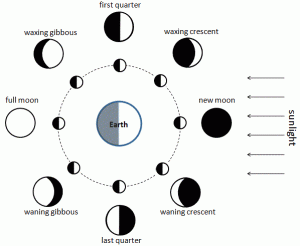
By Andonee – Own work, CC BY-SA 4.0, https://commons.wikimedia.org/w/index.php?curid=38635547
- Dwitya Tithi
- Tritiya Tithi
- Chaturthi
- Panchami
- Shashtami
- Saptami
- Ashtami
- Navami
- Ekadashi
- Dwadashi
- Trayodashi
- Chaturdashi
- Purnima/Amavasay
If it is Shukla Paksha last day of month will be Full Moon and hence tithi will be Purnima, where as if it is Krishna Paksha, last day of the month will be New Moon and hence tithi will be Amavasya.
As the days are calculated based on the actual longitudinal angular difference between the respective positions of the moon and the sun. It is common to see that the tithis vary in length, some shorter than our regular 24 hours, some extending beyond, and this leads to certain auspicious days being celebrated across 2 days of our Gregorian Calendar.
Days of Week as Per Vikram Samvat- Hindu Calender System:-
A typical day in Hindu Calender System is called ‘Ahoratri” which means day and night taken together. Taking Ho for day and Ra for night another word is coined as HORA. English word originated by following it is HOUR. There are 24 HORAS in one full day and night.
Now coming to naming of days of a week in Hindu Calendar, which is as follows:-
- Sunday – Ravivar (Ravi means Sun or Surya)
- Monday – Somvar (Som means Moon or Chandra)
- Tuesday – Mangalvar (Mangal means mars or Mangal in hindi)
- Wednesday – Budhvar (Budh means Mercury)
- Thursday- Brihaspativar (Brihaspati means Jupiter)
- Friday – Shukravar (Shukra means Venus)
- Saturday – Shanivar (Shani means Saturn)
This is something which is straight away followed as it is in Gregorian Calender as well. But why the sequence of days is like that, is explained only in Indian Calender System as per Vikram samvat. Lets understand that.
There are Saptagrahas (seven planets)considered in Vedic Astrology as mentioned above – they are as follows in the order of time period they take to revolve around the Sun.:-
शनि Shani also called Saturn takes approx 30 years in revolution.
ब्रहस्पति Brihaspati also called Jupiter takes approx 12 years in revolution.
मंगल Mangal also called Mars takes approx 686 days in revolution of sun.
पृथ्वी /सूर्य Earth/Sun : Earth takes 365 days approx in revolution of sun. Considering the relative motion of earth and sun, Vedic Astrology counts Sun सूर्य as next planet for time keeping purpose.
शुक्र Shukra also called Venus takes 224 days approx for its revolution around the Sun.
बुध Budh also called Mercury takes approx 87 days for its revolution around the Sun.
चन्द्र Chandra also called Moon takes approx 27 days.
Now taking 24 HORAS in a day, first Hora is always considered of Sun सूर्य /रवि , as it was visible first of all in the beginning of the creation. First day , therefore is Sunday रविवार . In the order as given above second HORA is considered of Shukra/शुक्र ,third HORA of Budh/बुध , fourth HORA of chandra/चन्द्र, fifth HORA of again shani/शनि and so on. In this way 24th HORA is of बुध /budh, and next day starts with first HORA which happens to be chandra/चन्द्र or Som, thereofre it is called somvar or Monday. In this way referring to the below HORA chart , you will find how other days of the week are also named after the first HORA that falls on that day in the order as given above.
Therefore names of the days of a week necessarily in that order is Sunday, Monday, Tuesday, Wednesday, Thursday, Friday & Saturday!!!
Months of Year in Hindu Calender System & Nakshatra:-
After looking at the Tithi, days and weeks in a Vikram Samvat. Let us now understand the concept of months in Indian Calender System. As per Vedic Astrology whole space is divided into 27 parts giving us 27 different constellation of stars also called Nakshatra. Our Rishis has named these nakshatras as follows:-
ASHWINI.
BHARANI.
KRITIKA.
ROHINI.
MRIGASHIRA.
AARDRA.
PUNARVASU.
PUSHYA.
AASLESHA.
MAGHA.
PURVA PHALGUNI.
UTTARA PHALGUNI.
HASTA.
CHITRA.
SWATI.
VISHAKHA.
ANURADHA.
JYESHTHA.
MOOLA.
POORVAASHADHA.
UTTARAASHADHA.
SHRAVANI.
DHANISTHA.
SHATABHISHA.
PURVA BHADRAPADA.
UTTARA BHADRAPADA.
REVATI.
With this terminology the Rishis can exactly figure out the location of a planet in the sky with the name of the nakshatra. Not only this, the nakshatras are further divided into four charanas giving us total of 108 charanas in sky. This enables us to exactly pin point the planetary position in the sky as in which charanas of which nakshatra it is into.
Not to be missed here the importance of 108 number in Hinduism.
Well now every month purnima (ie Full Moon, by now you must be familiar with this terminology) Whatever Nakshatra is there in the sky, month is named after that Nakshatra. That Names of the month correspond to the particular nakshatra on the full moon day. For example it will be Chitra Nakshatra on full moon day ie 22nd April, the name of Month therefore is Chaitra. Tithi therefore on 22nd April will be Chaitra Purnima.
Below is the list of Hindi Month corresponding to its Gregorian counterpart for better understanding:-
Hence when we take the name of a month in Hindi we also know the position of Stars Constellation is the sky at the same time. And when we go deep into the tithi of that month, we are even aware of position of moon phase. There can be no better way to name a month or a date than this one .
Happy New Year – Chaitra Shukla Paksha Pratipada:-
Now comes the real and best part , with all the facts stated above in this article , I can understand that as a 10 years old kid when I used to celebrate my Birthday as per Hindi Tithi, it was not my birth date which used to fall on a different day every year, but it was their birth dates who celebrated it as per English Calender which used to fall on a different day every year.
As I know now that if this year my birthday is on Chaitra Purnima then every year it will be the same day with similar position of stars, moon its phase etc. It will always be Purnima (Full Moon), with Chitra Nakshatra (Chitra Constellation) in the sky. Where as 1st January will be different every year. It is not really same day of the year in astronomical terms.
This year Hindu New year is falling on 6th April ie Chaitra Shukla Paksha Pratipada. It is a request to all celebrate it with full zeal, bliss and excitement, as it will be a real new year also marking change in Climatic conditions in India with many festivals across the country such as -Gudi Padwa, Ugadi and Navratri. On this day Sun enters Mesh (Aries) Rashi and spring season commences. It is also said that on this very day Lord Brahma created Universe and Satyug began marking of commencement of the New Year.
Therefore to conclude – Happy New Year to EveryBody for Chaitra Shukla Pratipada..
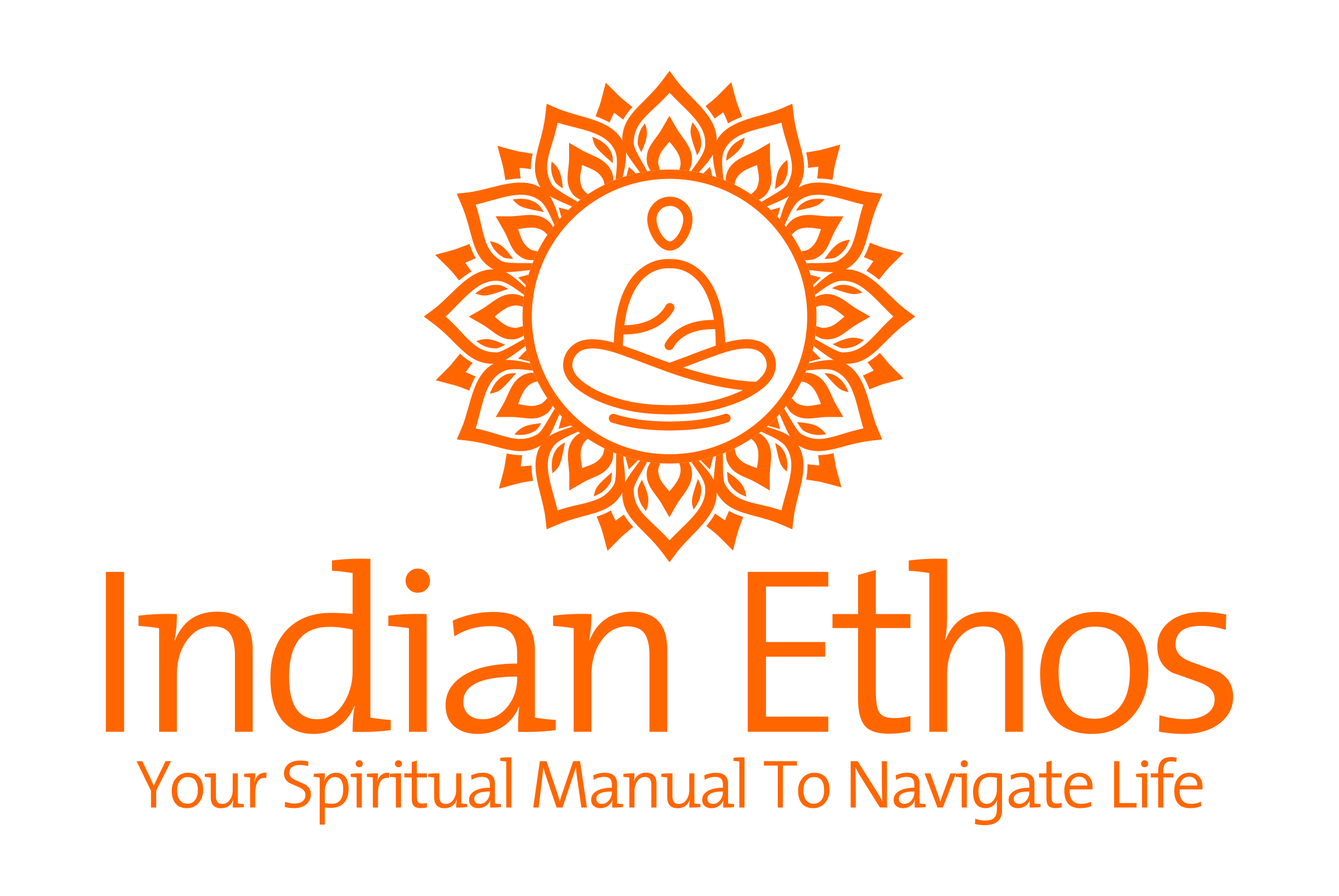
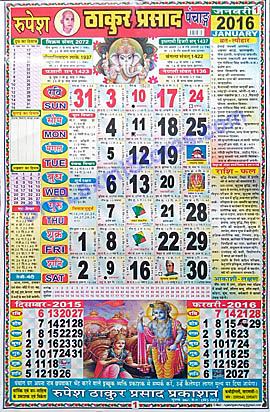
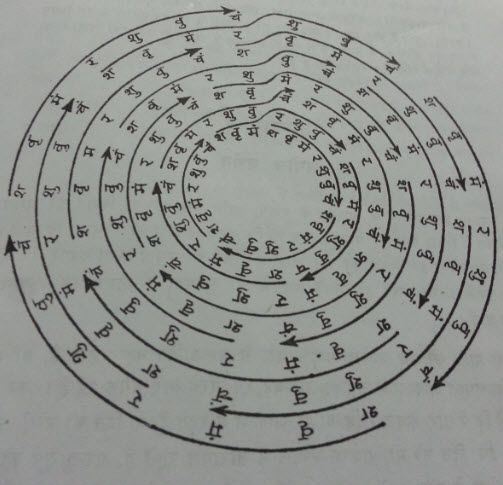
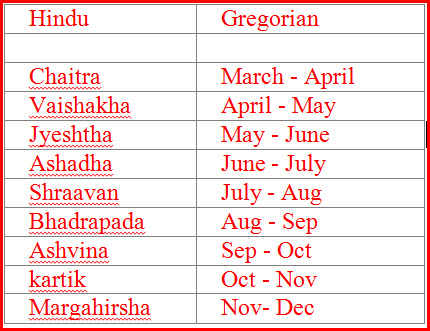

Only astrologers and astronomers new this and common men remained aloof of such knowledge. In India every body is expected to know all about Indian calender. This article makes the job easy for all. Every body must read this and such matters.
Rajneesh ji. Thank you for explaining this in details. Any idea of making this ideas much more contemporary and making them much more attractive than current gregorian calendar system for the new generations? Can you come up with a write up for disadvantages of current gregorian system and benefit of Vikram Samvat.
Very informative article.
i will start celebrating my birthday by tithi from now on.
i have already started following hindu calendar since last 3 weeks. your article gave me tremendous energy and pride to just follow the calendar..
An informative article which helped me to revise the school-days learning of the early ‘fifties’, in a very elementary sense.
The ‘ho’ and ‘ra’ and the subsequent details, they are enlightenment for me.
Under the excuse of formal education and higher education, all the elements of our Indian Hindu calendar were forgotten.
In my region of Maharashtra (North Western), in the rural regions the farmers and the lay people still go by ‘tithi’ ‘nakshatra’.
It is in the previous and present generations that our formal education systems have led to our neglect of the Hindu calendar.
Excellent explanation, we never studied in schools or colleges. I wish we should have got some knowledge very early in education.
Its enlightening for the hindus who have never heard of vikram samvat and its importance and still follow the gregorian calendar which is still flawed.